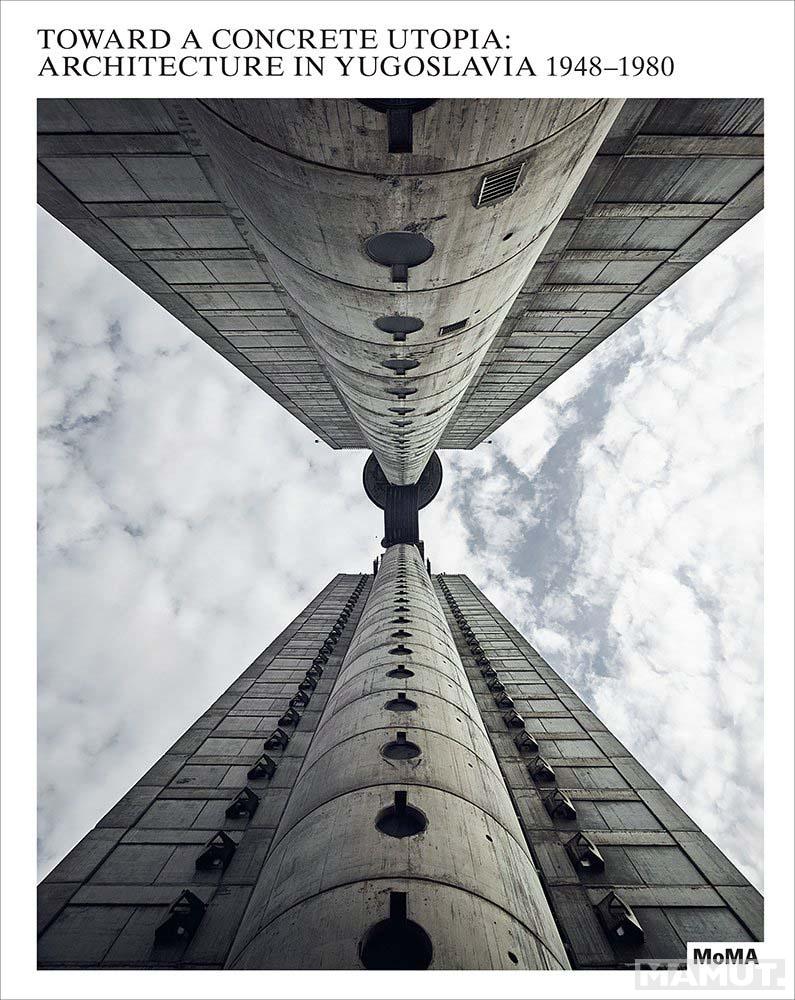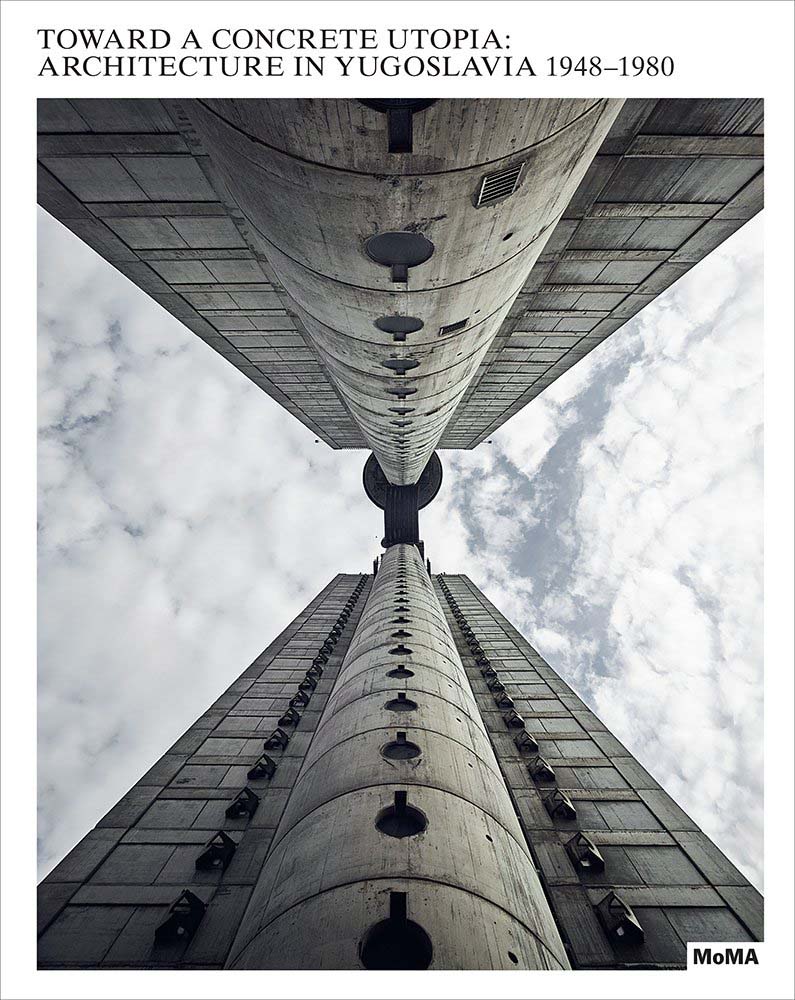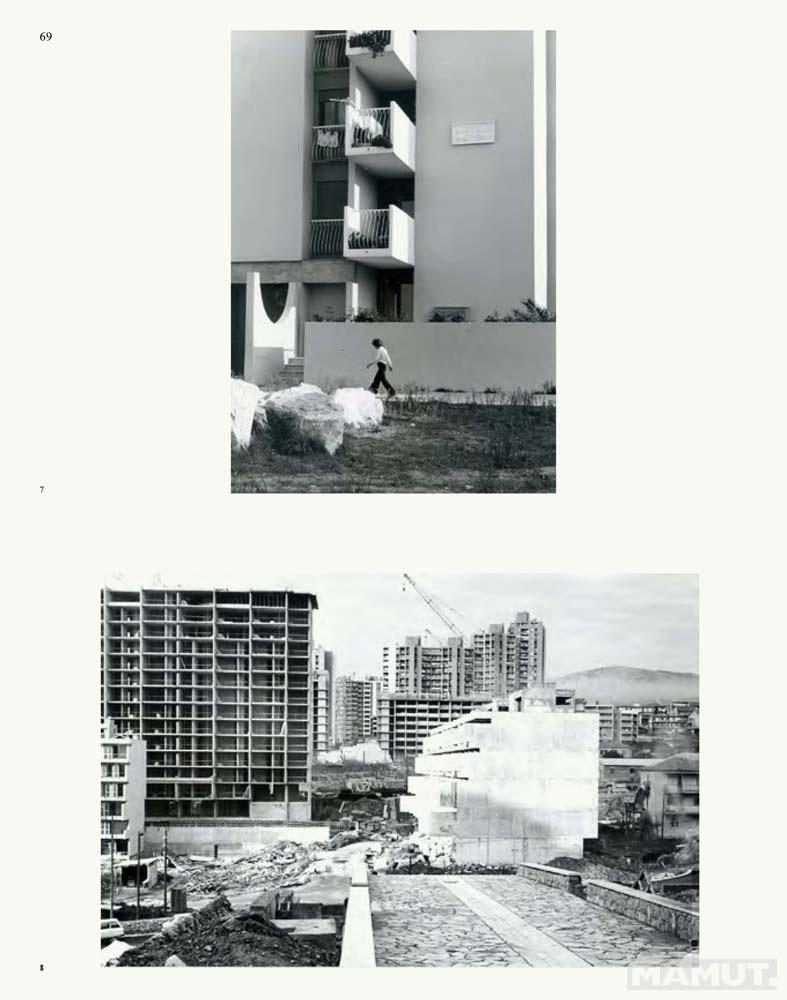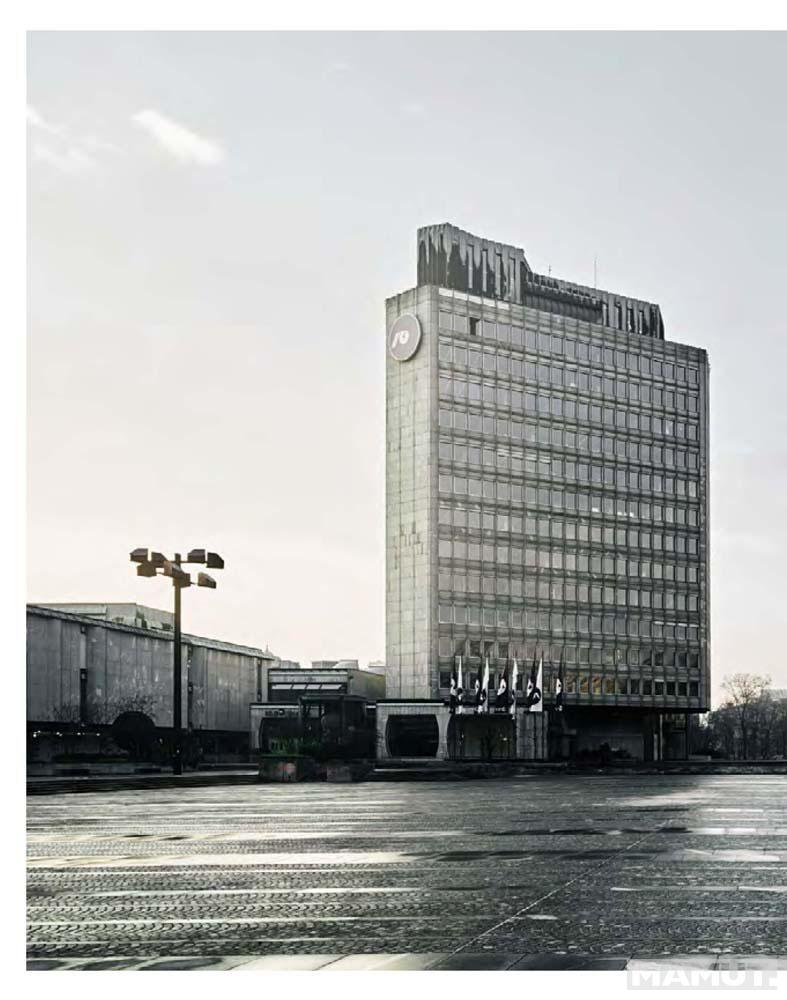Kupi ONLINE i uštedi









Kontaktirajte nas preko ovog linka.
| Karakteristika | Vrednost |
|---|---|
| Kategorija | ARCHITECTURE |
| Autor | Tamara Bjazic Klarin,Vladimir Deskov |
| Težina specifikacija | 0.5 kg |
| Izdavač | THE MUSEUM OF MODERN ART |
| Pismo | Latinica |
| Povez | Tvrd |
| Godina | 2018 |
| Format | 24,5x31 |
| Strana | 228 |

Kontaktirajte nas preko ovog linka.
Saznajte prvi o najboljim ponudama
